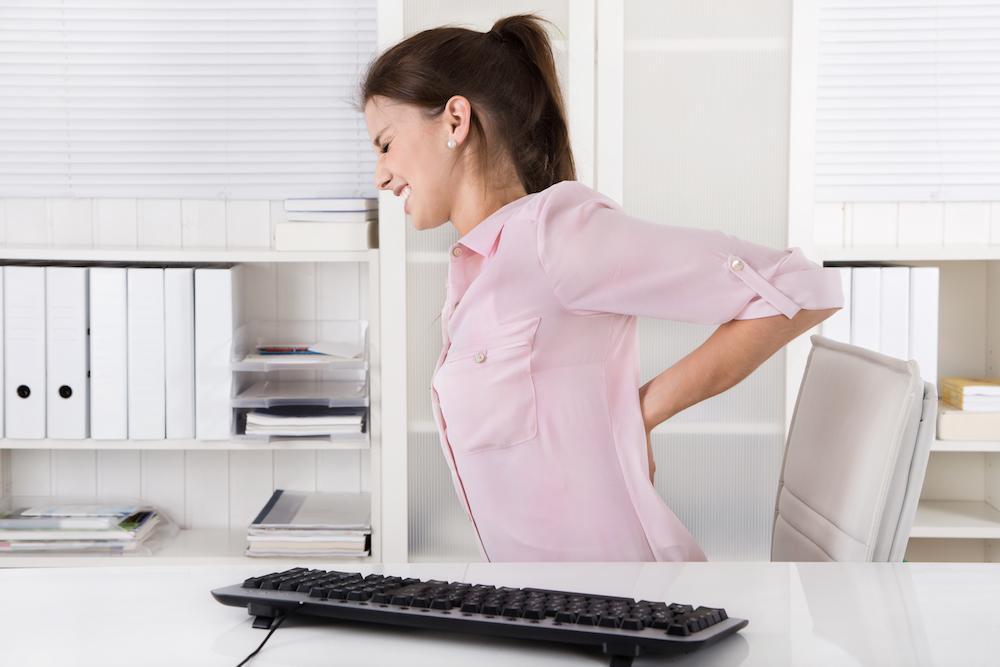
Movement is Medicine Even With Chronic Pain

A new study highlighted in the journal Pain, led by Penn State research team found that when patients with knee osteoarthritis had an overwhelming sense of hopelessness or helplessness about their pain they were less likely to be physically active and became sedentary. Dr. Paez and Dr. Saranita know this can have serious health consequences for patients.
"We know staying active for patients with chronic pain is an important pain management tool. Remaining sedentary can actually lead to more pronounced feelings of pain," shares Dr. Julie Saranita. Further Saranita adds, "The study highlighted the spiraling effects of pain. A patient may feel the pain is overwhelming and may not want to engage in walking or movement. We know overtime this can lead to a sedentary lifestyle, depression, lifestyle acquired disease and even worse pain."
According to the study, chronic or persistent pain affects 60-75% of adults in the United States. Which means a large percent of our adult population is at risk for lifestyle acquired diseases such as hypertension, diabetes and heart disease due to sedentary behaviors.
Dr. Paez shares, "The study is important as it highlights the powerful psychological impacts of pain even when a patient is physically capable. It underscores the importance as physicians to ensure we provide our patients with tools and resources for self-management of chronic pain."
Paez adds, "Interestingly, the researchers found that patients who woke with helplessness and spent the day sedentary also felt the same way the next day. This shows us that pain can trigger a cycle that leads to avoiding activity, which then causes enhanced feelings for pain the next day. The more you remain sedentary the greater the impacts on your body, which include your nervous system with symptoms of anxiety and depression. This in turn can make your pain experience worse. Movement is medicine. We need to keep our bodies active to remain healthy."
Both Dr. Paez and Dr. Saranita believe providing patients with tools to remain physically active despite chronic pain is critical. They both agreed staying physically active is one of the most important tools for managing pain.
Dr. Paez and Dr. Saranita encourage patients to speak with their provider about their physical activity or avoidance of certain activities. Further, they encourage patients to develop a physical activity plan with their provider.
Lastly, they both shared activity does not have to be vigorous, rather light walking, stretching, swimming and yoga performed at home each day can have significant positve impacts.
You Might Also Enjoy...


Regenerative Medicine Therapies That Can Remedy Aging Joints

Botox: It’s Not Just for Your Face. Check Out How It Can Treat Your Sweaty Feet and Armpits

Fibbed to Your Physician? You are Not Alone and Your Doctor Knows

A New Tool for Chronic Pain


